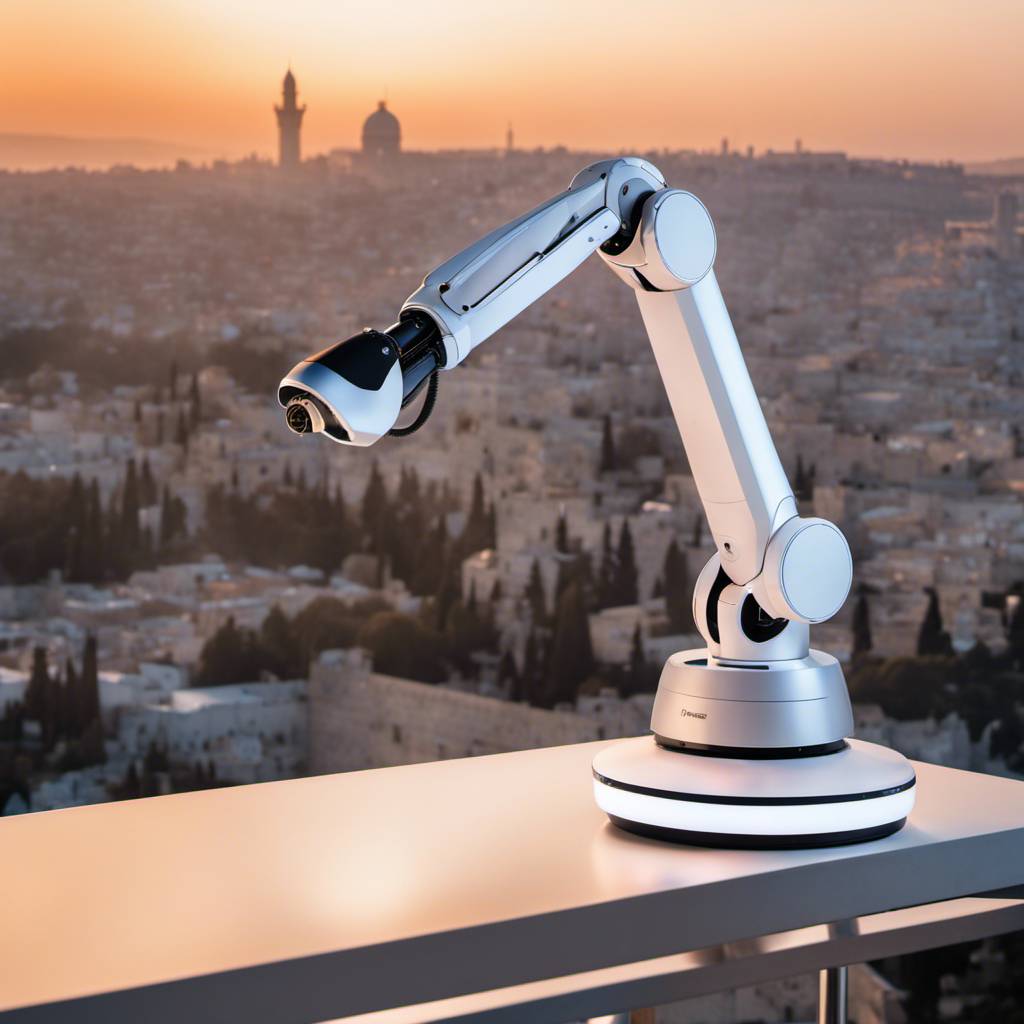In a remarkable breakthrough in the field of surgical and robotics technology, United States Medical Innovations (USMI) has recently declared its plan to introduce a new and innovative surgical robotic system. This system is set to revolutionize the way surgeries are performed, particularly in the field of tumor removal. The announcement was made in partnership with the Jerome Canady Research Institute for Advanced and Biological Technological Sciences (JCRI-ABTS) and has been lauded as a significant leap forward in the medical field.
The unveiling of this groundbreaking technology is slated to take place at the First Global Surgical Oncology Summit in Jerusalem, Israel, scheduled from January 30 to February 2, 2024. The anticipation surrounding this event is palpable and the unveiling promises to usher in a new era of surgical procedures.
What sets this robotic system apart is its ability to deliver cold atmospheric plasma (CAP). CAP is a three-dimensional, non-contact biometric pulsed electromagnetic field that has the unique ability to selectively target and eliminate microscopic tumor cells during surgery without causing any harm to the surrounding healthy tissue. This precision targeting can greatly enhance post-operative recovery and overall patient outcomes.
The system’s design incorporates several advanced features such as a motorized positioning arm, a speech recognition electrosurgical generator named ORLI, and a controller for CAP devices. The robotic-assisted end effectors are designed for versatility, allowing for their use in a variety of surgical procedures including open, laparoscopic, thoracoscopic, endoscopic, and mini-invasive surgeries.
In the realm of electronics and computers, this system stands out due to its high degree of freedom. It offers surgeons 10 degrees of freedom, which means that it allows for movements in multiple directions, thereby increasing the precision and flexibility of surgical procedures.
Another standout feature of this system is its integration with artificial intelligence-powered software. This software not only aids in controlling the system but also enhances its capabilities, making it an invaluable tool in the operating room. Additionally, the system can be activated by speech, thereby reducing the need for manual controls and allowing the surgeon to focus more on the procedure.
USMI had previously received FDA approval in June for its Canady Flex RoboWrist to be used in open and laparoscopic procedures. This new system builds on that success and takes it a step further by integrating several other advanced features.
USMI CEO Dr. Jerome Canady expressed his excitement about the new technology, stating, “This technology will transform the landscape of the OR.” He further added that ORLI is a user-friendly system controlling the entire integrated Smart operating room. He likened the platform to popular voice-activated services like Siri, Alexa, and Google Home, but specifically designed for the operating room.
The integration of electronics, computers, and advanced programming languages into surgical procedures is a testament to how far technology has come. The use of coding to create AI-powered software that can assist in complex surgeries is a remarkable achievement.
The upcoming unveiling of this system is eagerly awaited by professionals in the medical field. The potential for this technology to improve surgical outcomes and patient recovery is immense. As we move further into the era of advanced technology and AI, such innovations are not just welcome but necessary to continue pushing the boundaries of what is possible in healthcare.
